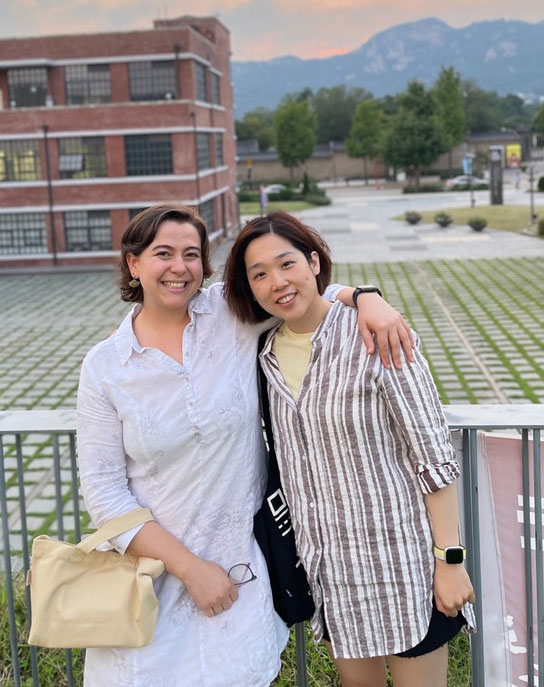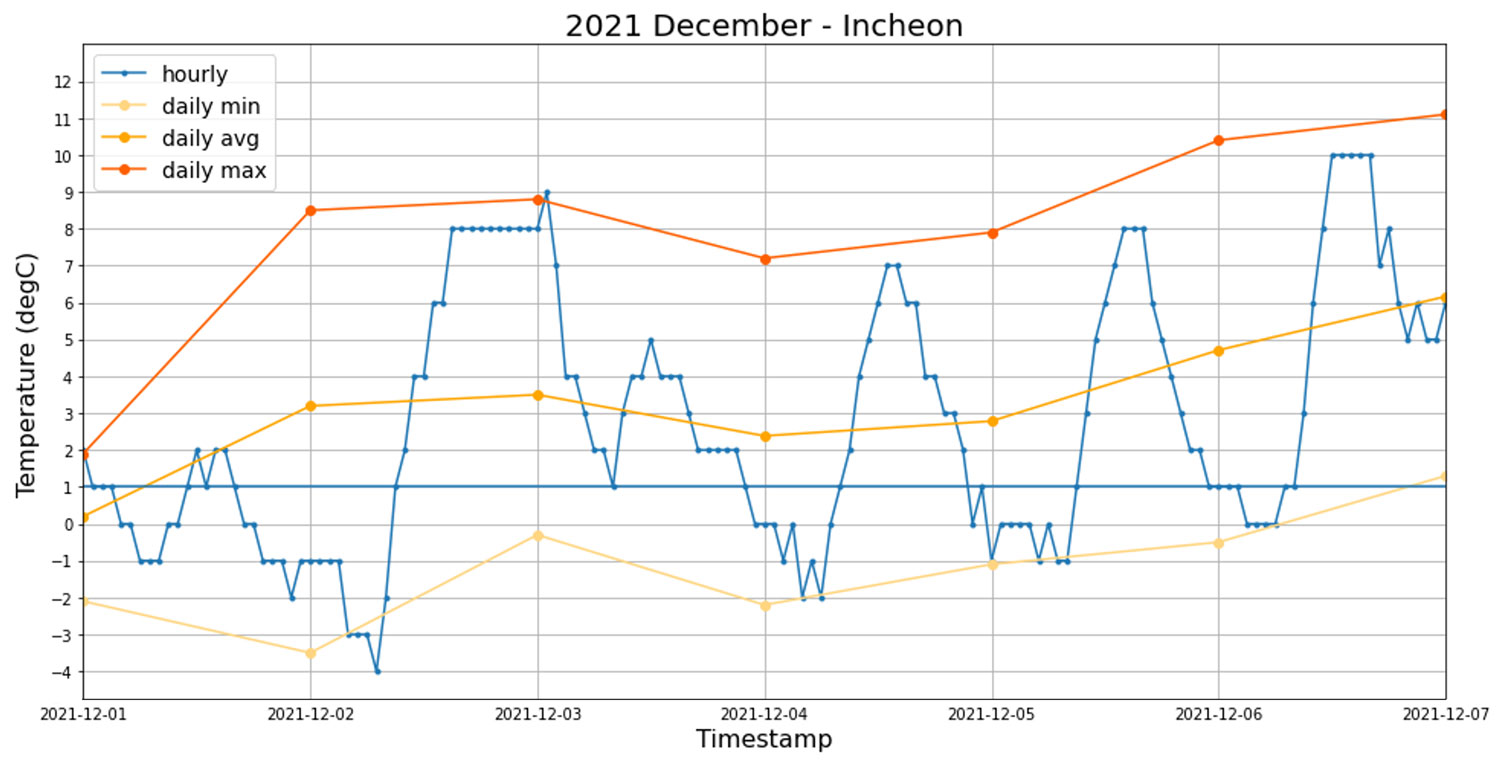By Ewaldo Leitao.
Science communication has many flavors, kinds, and sounds. One way by which that can happen is when nature or science produce “noise” that can be channeled into sounds. That can be done using architecture (Sea Organ), or reinterpreting a field of science (Quantum Computer Music). Sometimes, this combination of sound and science can be a deliberate choice, creating music.
DMS student Molly James and musician Hea Youn Chung (Sophy) combined their expertises and interests to explore this intersection between science and music. Molly plays trombone in her free time at a community orchestra. Sophy is a professional pianist and teacher at Yewon Arts School (Seoul, South Korea) who did her Master of Music degree in Piano Performance at The Juilliard School. What initially joined these two at the dead of the pandemic was a mutual language assistance: Molly wanted to learn Korean, and Sophy, back in South Korea, wanted to continue practicing English.
And that’s how “Harmony of Nature” was born. A beautiful collaboration that converts natural phenomena into sounds through coding technology and expresses them in classical music. The project was funded by the Art & Tech program by Arts Council Korea. The data was collected using temperature loggers deployed in several sites across South Korea, along with freely available data from several spots. “I statistically analyzed this data and created multiple graphs using the open-source coding language Python. I shared them with Sophy and discussed the scientific interpretations. Together, we collaborated on what scientific aspects became what musical aspects.” said Molly, about the process of data collection and curation, prior to its translation into music.
“Like expressing human emotions through musical instruments, I have always wanted to express natural phenomena that we cannot see but can feel through sound. While envisioning this project, I focused on conveying natural phenomena through sound.” said Sophy. “For various expressions, I try to incorporate nuances such as shape and texture into the performance. In this project, the weight of the waves, the ebb and flow of the waves, the temperature changes, and the appearance of rain can be realized by various musical elements such as rhythm, dynamics, etc.”
The composition “One Week in Incheon” directly came from hourly air temperature measurements collected at a weather station by the Korean Meteorological Administration Incheon branch 112. Other data, such as wave height, flow and ebb tides, were also analyzed in order to compose some pieces. “During this performance, I hope you can feel changes in temperatures, drops of rain, speed of the winds, and height of the waves”, says Molly. More songs can be found on Spotify or AppleMusic.
Science needs to reach out to the public, informing in different, inventive, artistic ways. Art is powerful. Collaborations between science and art will thrive as each part can use their unique skills to result in beautiful projects, such as this one.

